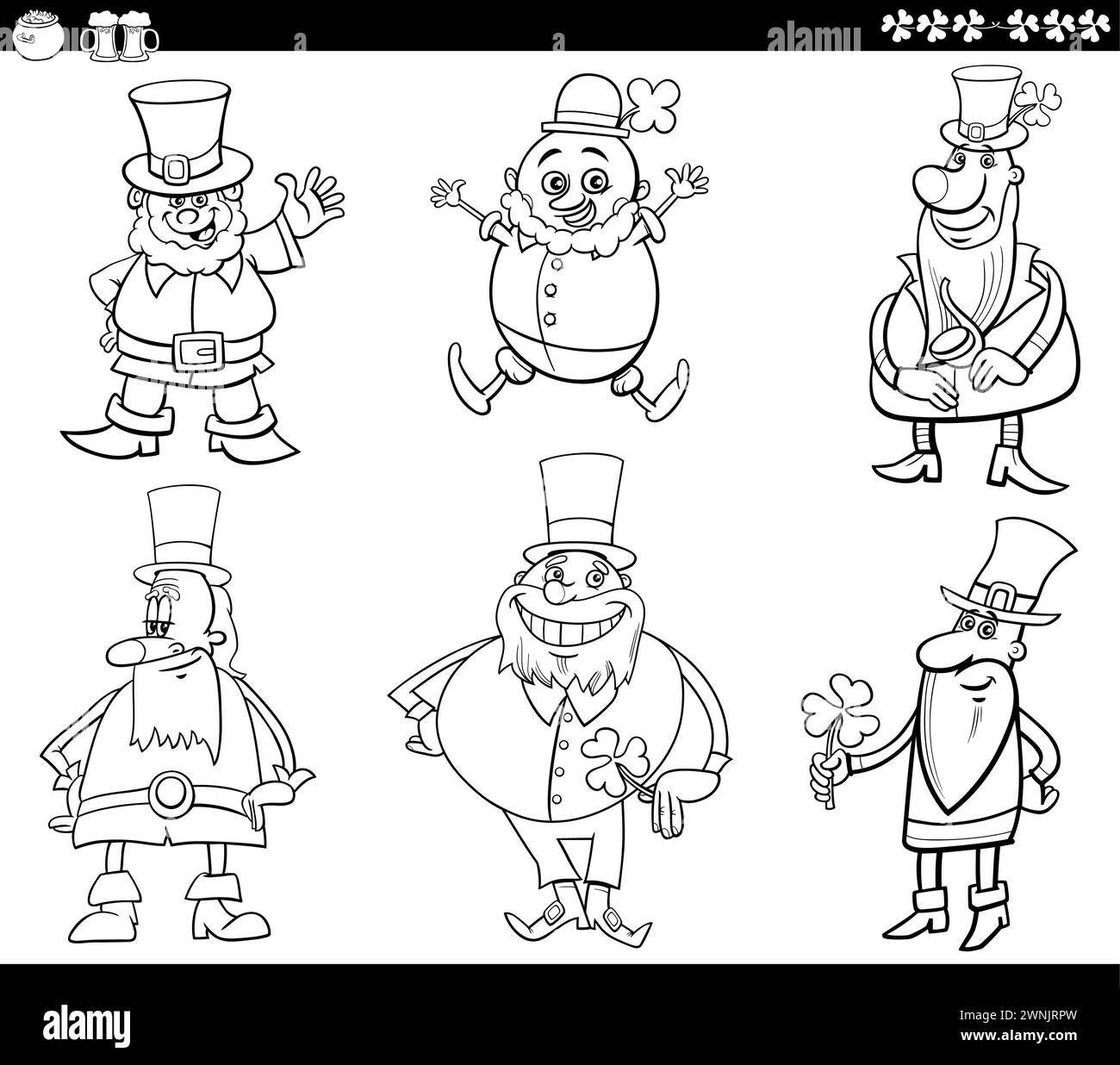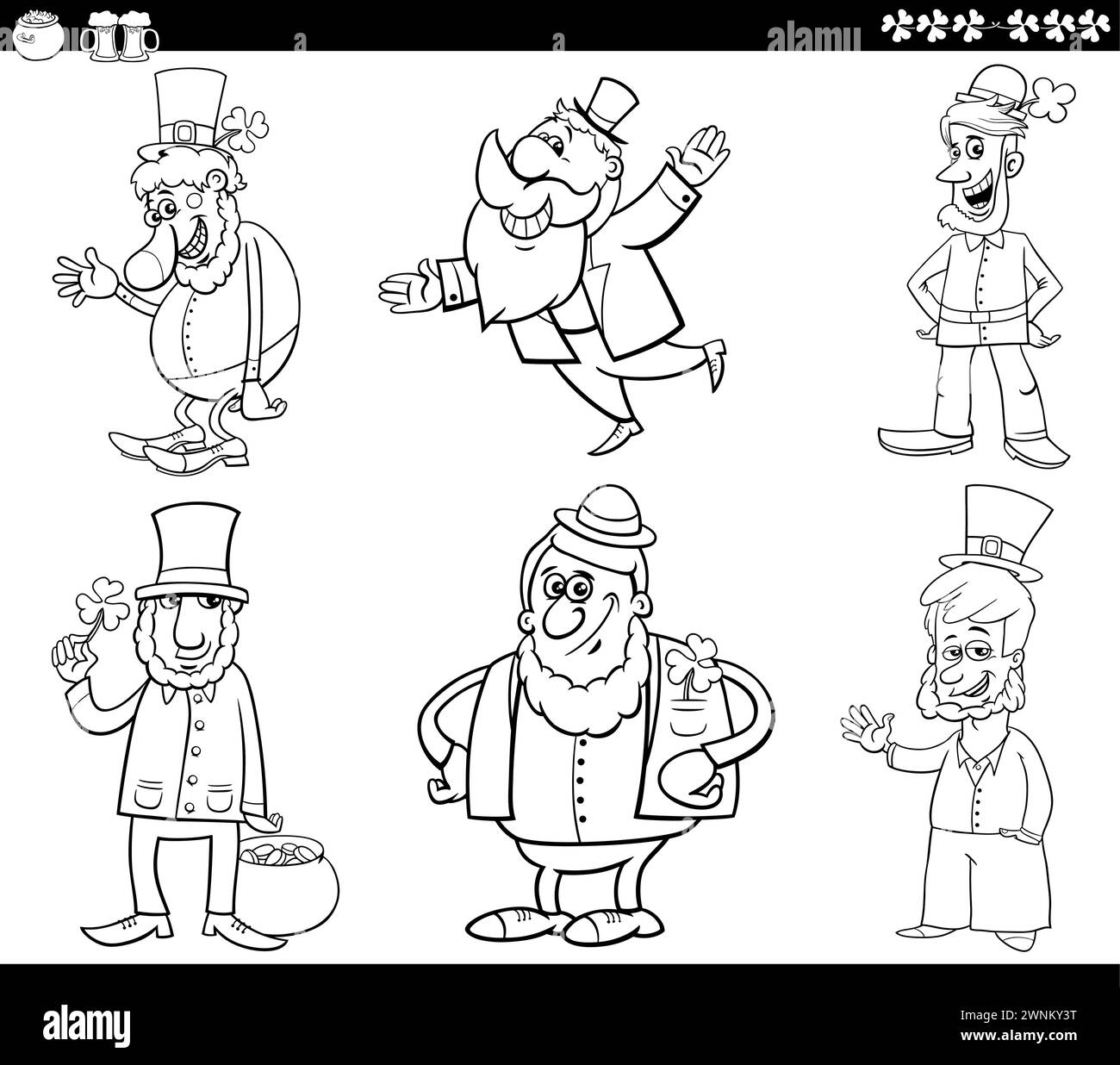Gallery
Photos from events, contest for the best costume, videos from master classes.
 |  |
 |  |
 |  |
 |  |
 |  |
 |  |
(THE CONVERSATION) St. Patrick’s Day usually conjures images of partying, Catholicism, Irish nationalism and, perhaps most famously, the color green: green clothes, green shamrocks, green beer What was St. Patrick’s original color? Patrick was first represented by the color blue. This 13th-century image of St. Patrick depicts Ireland's patron saint in a blue robe. Art with Jenny K. is the originator of these innovative, engaging, add-a-pattern "interactive" coloring sheets. This set of "Pop Art-style" coloring sheets features a variety of St. Patrick's Day images that make a great accompaniment to your St. Patrick's Day celebrations. There are 4 interactive p In Ireland, however, St. Patrick’s Day remained a solemn day of observance with little revelry. The Irish government didn’t recognize St. Patrick’s Day as a public holiday until 1903, and the first parade in Dublin wasn’t held until 1931. Even pubs remained closed on March 17 until 1961. While green is the color most frequently associated with the holiday the other St. Patrick’s colors still have special meanings. As St. Patrick’s Day is a celebration of both Saint Patrick and Ireland, some of the St. Patrick’s Day colors tie directly to the patron saint, while others are more representative of Ireland itself. What was the original color associated with Saint Patrick? Blue. 300. Which Canadian city is known for its large Saint Patrick's Day parade? Montreal. 400. Unveiling the True Hue: St. Patrick’s Original Colour. St. Patrick’s Day, a cultural and religious celebration held on the 17th of March, is synonymous with the colour green. From clothing to decorations, parades to parties, everything is awash in varying shades of this vibrant hue. In Ireland, however, St. Patrick’s Day remained a solemn day of observance with little revelry. The Irish government didn’t recognize St. Patrick’s Day as a public holiday until 1903, and the first parade in Dublin wasn’t held until 1931. Even pubs remained closed on March 17 until 1961. At some point he adopted the Latin name Patricius. In the 10th century, the first evidence of St. Patrick being a beloved figure in Ireland emerged. In the early 17th century, Luke Wadding, an Irish priest, persuaded the Catholic Church to make March 17 a feast day for St. Patrick. St. Patrick wasn’t born in Ireland, but he did missionary 7. Blue Was the Original Color of St. Patrick’s Day. Before green became the signature color of St. Patrick’s Day, blue was actually the color associated with the holiday. Green became more popular over time due to Ireland’s nickname, “The Emerald Isle,” and the shamrock’s vibrant hue. 8. St. Patrick’s Day Used to Be a Dry Holiday (THE CONVERSATION) St. Patrick’s Day usually conjures images of partying, Catholicism, Irish nationalism and, perhaps most famously, the color green: green clothes, green shamrocks, green beer Use them for festive St. Patrick’s Day photos with family and friends! 10. DIY St. Patrick’s Day Greeting Cards. Use coloring pages or hand-drawn designs to create homemade greeting cards! Fold a piece of cardstock, glue a cut-out shamrock, leprechaun, or rainbow to the front, and write a special message inside. St. Patrick’s Day was once a solemn feast day when you’d be far more likely to see the color blue. In fact, there’s even a color known as St. Patrick’s blue. The Irish government didn’t recognize St. Patrick’s Day as a public holiday until 1903, and the first parade in Dublin wasn’t held until 1931. Even pubs remained closed on March 17 until 1961. Each year on St. Patrick’s Day, “Its official color was a sky blue, known as St. Patrick’s blue,” Stack says. Original Published Date March 11, 2024. The original color of St. Patrick’s Day was blue, known as St. Patrick’s blue. Green replaced blue as the official color of the holiday around the 1780s. Popular symbols like shamrocks and wearing green today stem from this change. St. Patrick’s Day usually conjures images of partying, Catholicism, Irish nationalism and, perhaps most famously, the color green: green clothes, green shamrocks, green beer and green rivers. What Was St. Patrick’s Day’s Original Color? Before the sea of green flooded every street and city skyline on March 17th, the original color associated with St. Patrick was a shade of light, sky-toned blue—a hue that has come to be called “St. Patrick’s Blue.” To save you scrolling, you’ll find some speedy need-to-knows about the first color associated with St. Patrick’s Day below: 1. Yep, it all began with blue, not green. Although people wear green on St. Patrick’s Day, early depictions of St. Patrick show him clothed in fine blue robes. In fact, in Saul Church, which is on the site where St The Colors of St. Patrick’s Day in Popular Culture. The colors associated with St. Patrick’s Day have become an integral part of popular culture, from fashion to advertising. In the United States, for example, St. Patrick’s Day is often associated with green beer, green attire, and green decorations.
Articles and news, personal stories, interviews with experts.
Photos from events, contest for the best costume, videos from master classes.
 |  |
 |  |
 |  |
 |  |
 |  |
 |  |